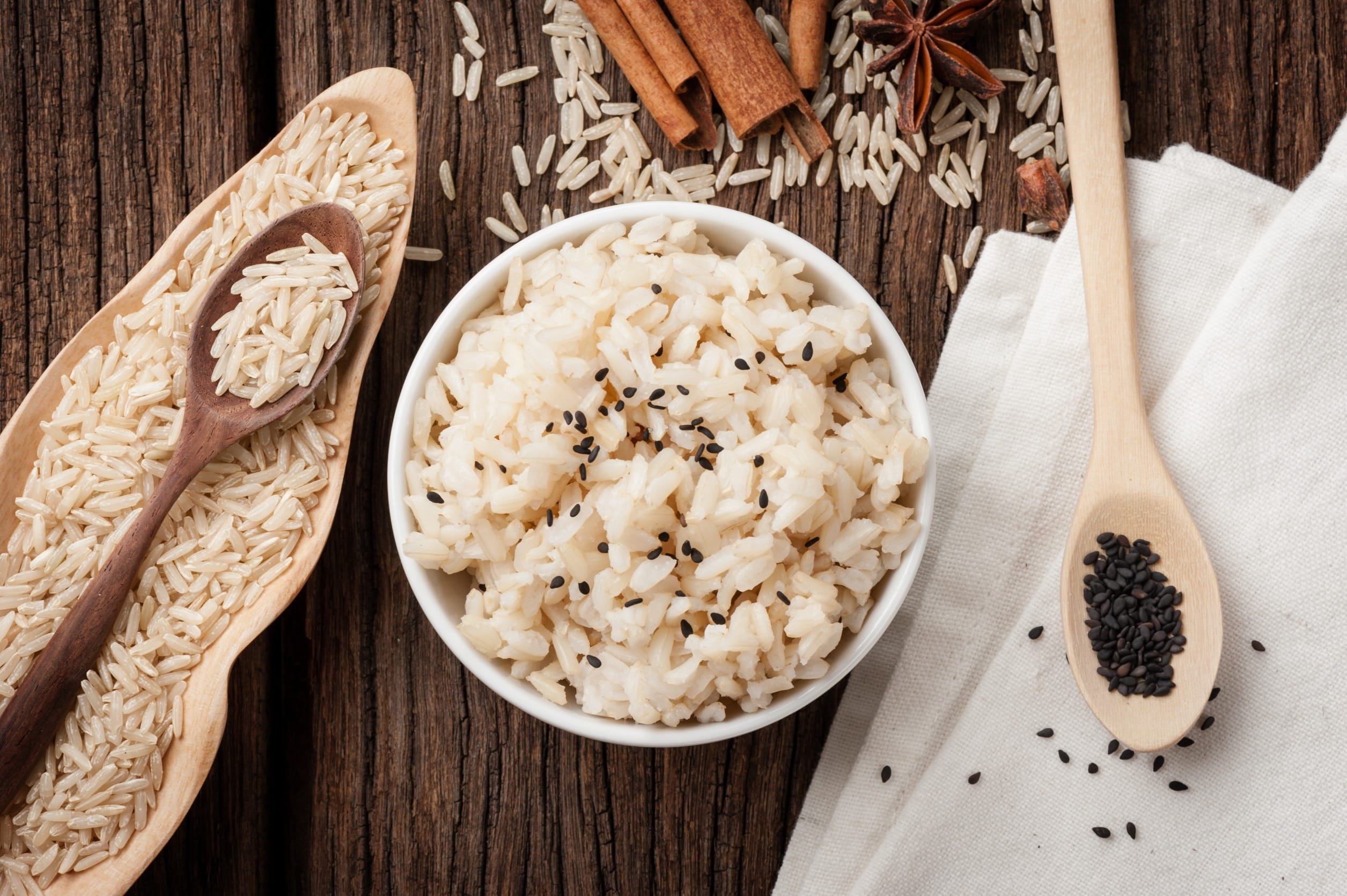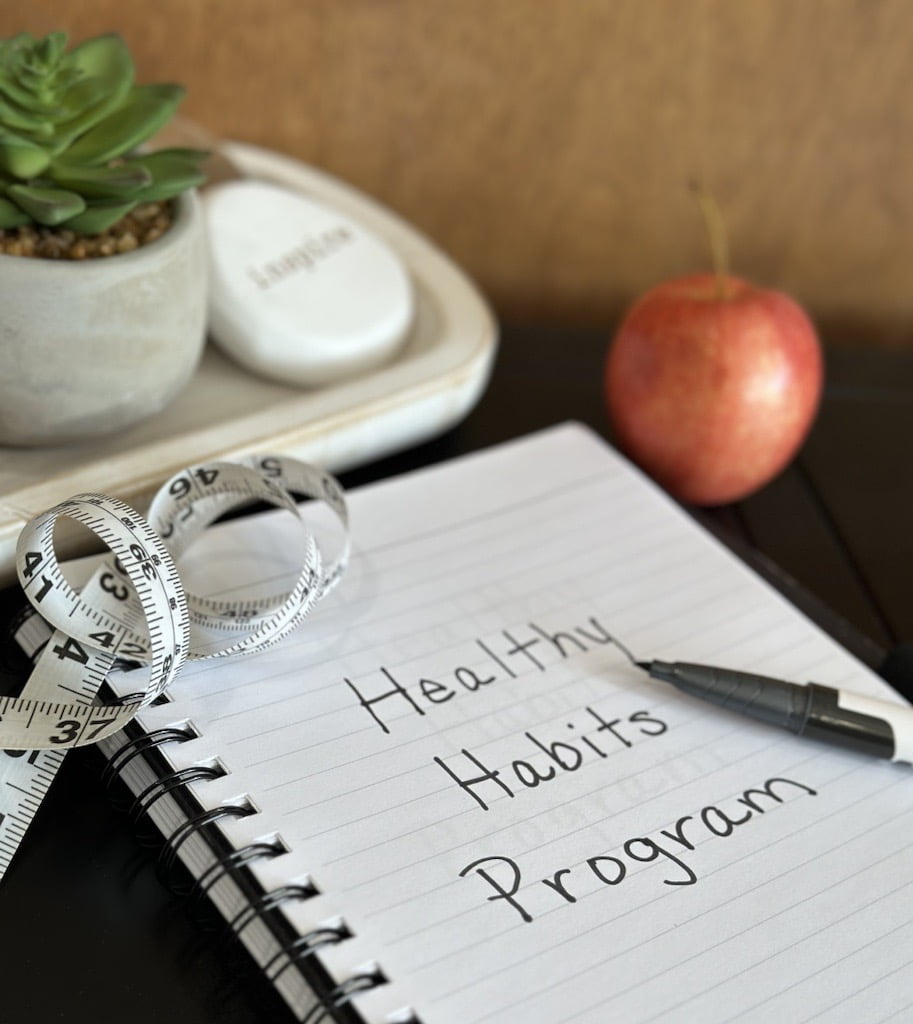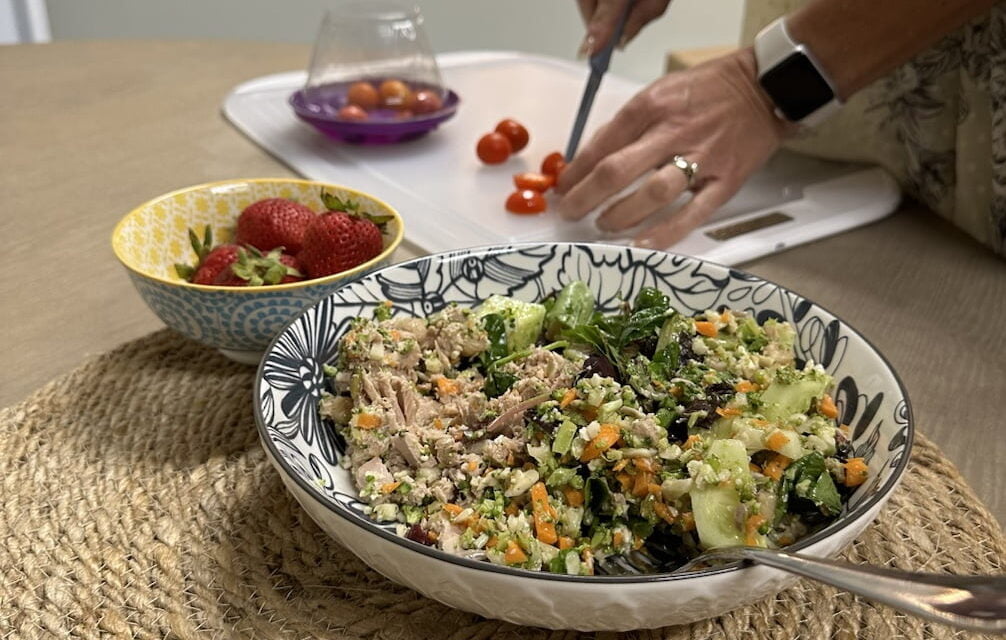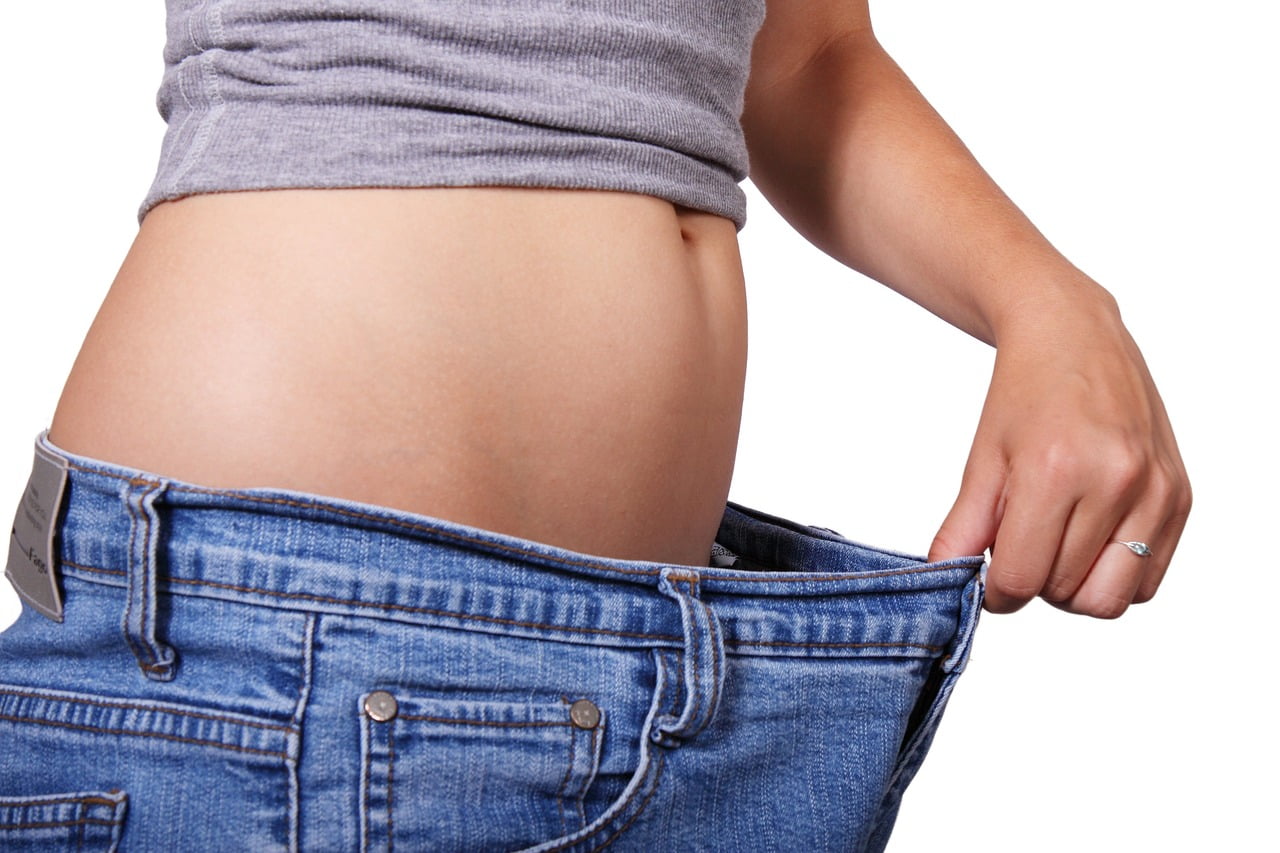Introduction
When it comes to weight loss, we usually hear about cutting calories or boosting protein. But fiber is an unsung hero that can make a huge difference in reaching your goals. Not only does fiber help keep you feeling full, but it also supports digestion, balances blood sugar, and can even boost your metabolism. At Lifestyle Wellness Clinic, we know that a diet rich in fiber is a powerful tool for weight loss and overall health. Here’s why fiber matters so much—and how to get more of it in your diet.
How Fiber Supports Weight Loss
- Keeps You Full Longer
One of the biggest benefits of fiber is its ability to keep you satisfied. Unlike other foods that digest quickly, fiber sticks around in your system a little longer, so you feel fuller without extra calories. Soluble fiber, in particular, absorbs water and forms a gel-like substance in your stomach, which slows digestion and keeps hunger at bay. - Balances Blood Sugar
Fiber helps slow down how quickly sugar is absorbed into your bloodstream. This is important because when blood sugar spikes and crashes, it can lead to cravings, making it harder to stick to your weight loss plan. Stable blood sugar means steady energy levels, so you’re less likely to reach for sugary snacks to keep going. - Improves Digestive Health
Fiber is great for your digestive system. It keeps food moving through the digestive tract, which helps prevent constipation, bloating, and that sluggish feeling. A well-functioning digestive system also helps your body absorb nutrients more effectively, which supports overall health and weight loss. - Increases Calorie Burn
Did you know that digesting fiber-rich foods actually burns more calories? High-fiber foods require more energy to break down, which leads to a slight increase in calorie burn, known as the “thermic effect” of food. While it’s not a huge calorie burn, every little bit helps when you’re working toward a weight loss goal. - Supports Healthier Food Choices
Fiber-rich foods—think fruits, vegetables, whole grains, and legumes—are naturally nutrient-dense and often lower in calories. By focusing on adding more fiber to your diet, you’re likely to make healthier choices overall, helping you feel satisfied without feeling restricted.
How Much Fiber Do You Really Need?
Most adults should aim for 25-30 grams of fiber per day, but research shows that most people get far less. If you’re not used to eating much fiber, increase it gradually to give your digestive system time to adjust, and don’t forget to drink plenty of water to help fiber do its job effectively.
Simple Ways to Add More Fiber to Your Diet
- Start Your Day with Whole Grains
Breakfast is a great time to load up on fiber. Choose oats, whole-grain cereal, or toast made from whole-grain bread. Adding fruit, nuts, or seeds can give you an extra boost of fiber and keep you energized throughout the morning. - Snack on Fruits and Veggies
Replace processed snacks with whole, fiber-rich foods like apples, berries, carrots, or celery sticks. Not only are they low in calories, but they’re also packed with vitamins, antioxidants, and fiber that can help curb cravings between meals. - Incorporate Legumes
Beans, lentils, and chickpeas are fiber powerhouses that add bulk to meals and are versatile enough for soups, salads, or main dishes. Try adding black beans to a salad, chickpeas in a curry, or lentils in a veggie bowl. - Switch to Whole Grains
Swap refined carbs for whole grains like brown rice, quinoa, and whole-grain pasta. Whole grains retain their fiber-rich outer layers, making them more filling and nutritious than their refined counterparts. - Top it Off with Seeds
Chia seeds and flaxseeds may be tiny, but they’re packed with fiber. Sprinkle them over yogurt, oatmeal, or salads, or blend them into smoothies. They’re also rich in omega-3 fatty acids, adding even more health benefits.
How Lifestyle Wellness Clinic Supports Fiber Intake for Weight Loss
At Lifestyle Wellness Clinic, we know that every person’s dietary needs are unique. We work with clients to develop personalized nutrition plans that include the right amount of fiber for their specific goals. Whether it’s helping you find fiber-rich recipes or suggesting new ways to include fiber at each meal, we’re here to make sure you’re getting what you need to support sustainable weight loss.
Conclusion
Fiber is a powerful tool in any weight loss journey. By helping you stay full, balancing blood sugar, supporting digestion, and even slightly increasing calorie burn, fiber-rich foods can be a game-changer. Plus, focusing on fiber naturally guides you toward more nutrient-dense, wholesome foods. Ready to make fiber a key part of your weight loss strategy? Reach out to us at Lifestyle Wellness Clinic for personalized guidance and a plan tailored to your goals.










